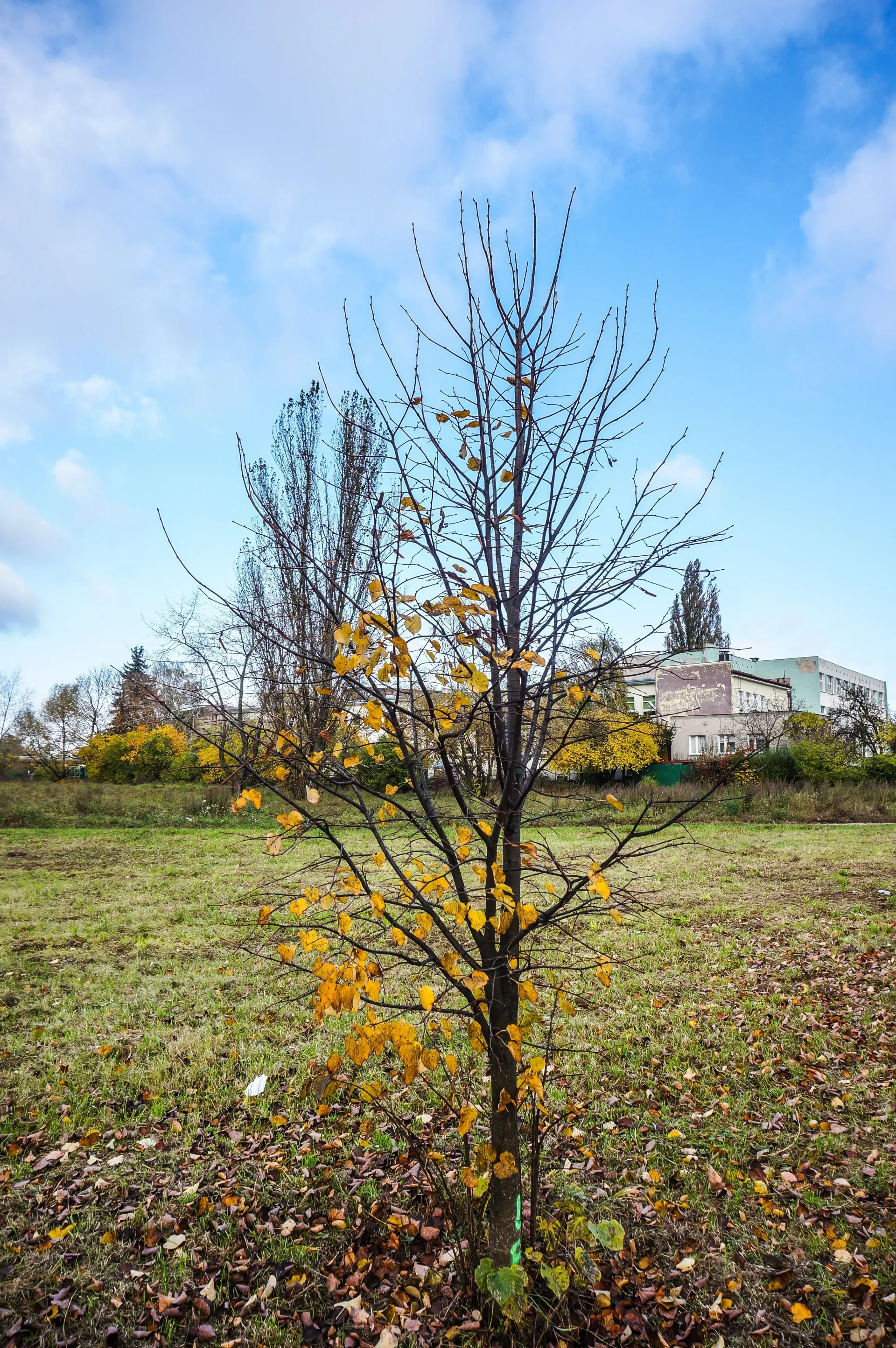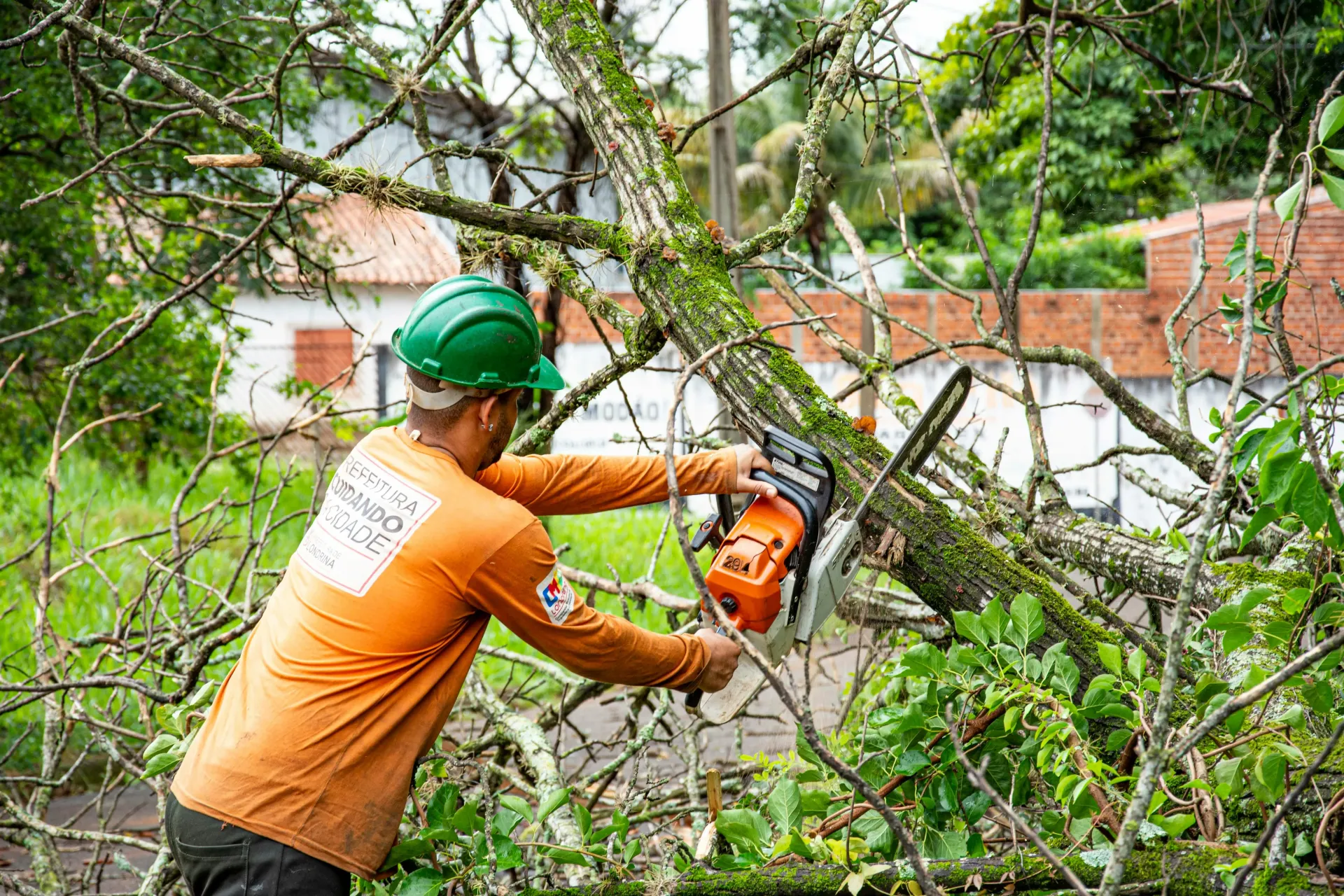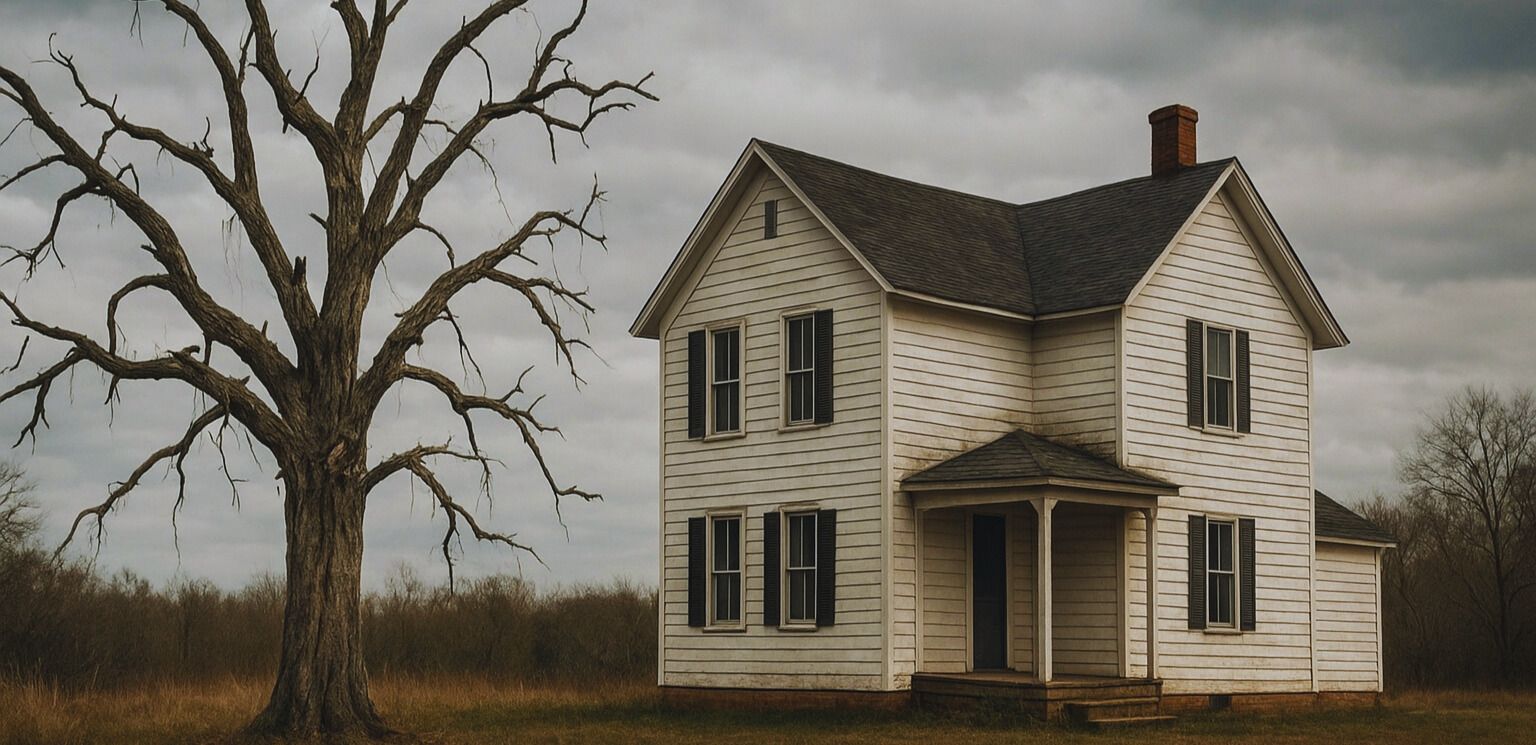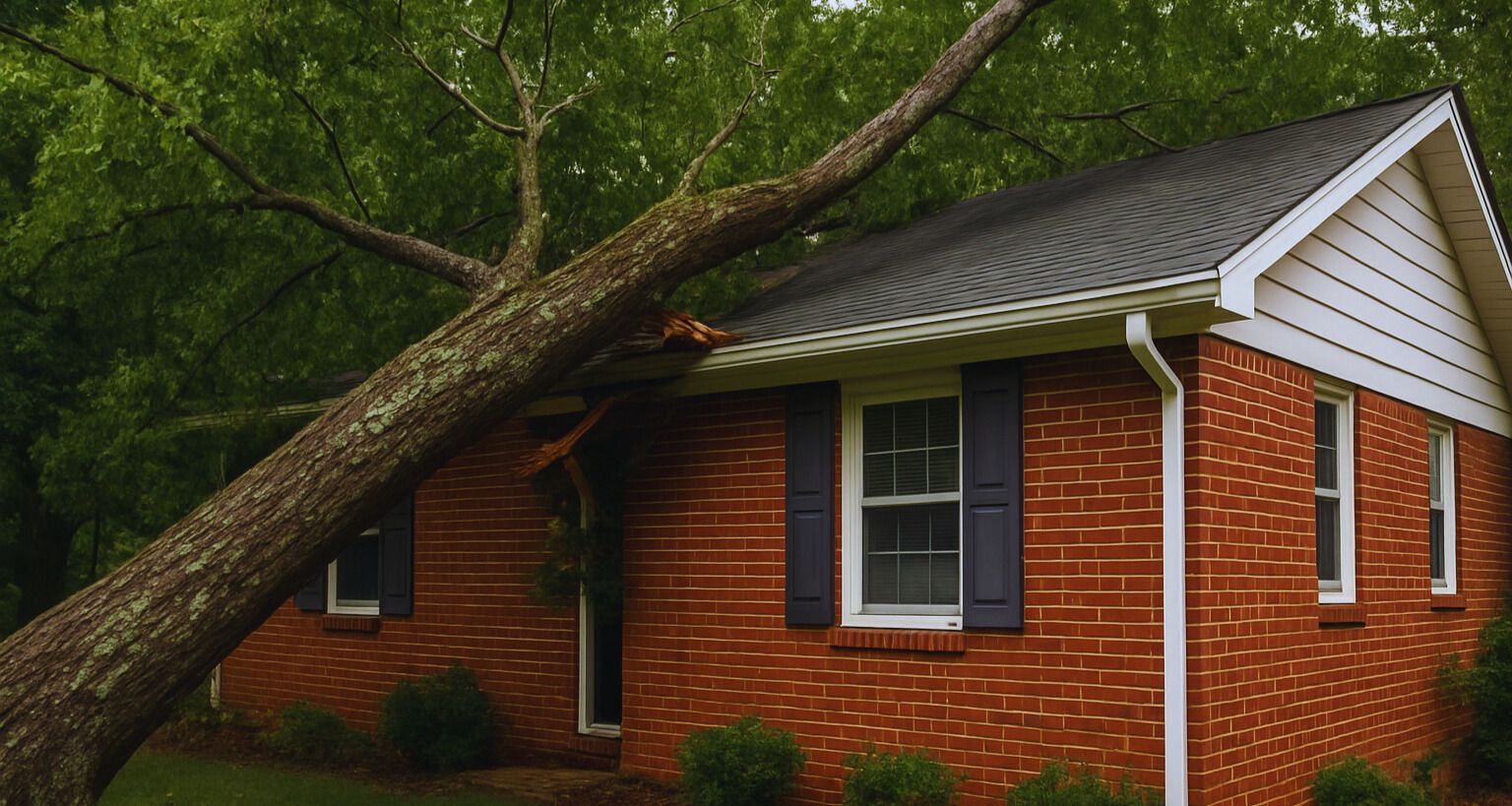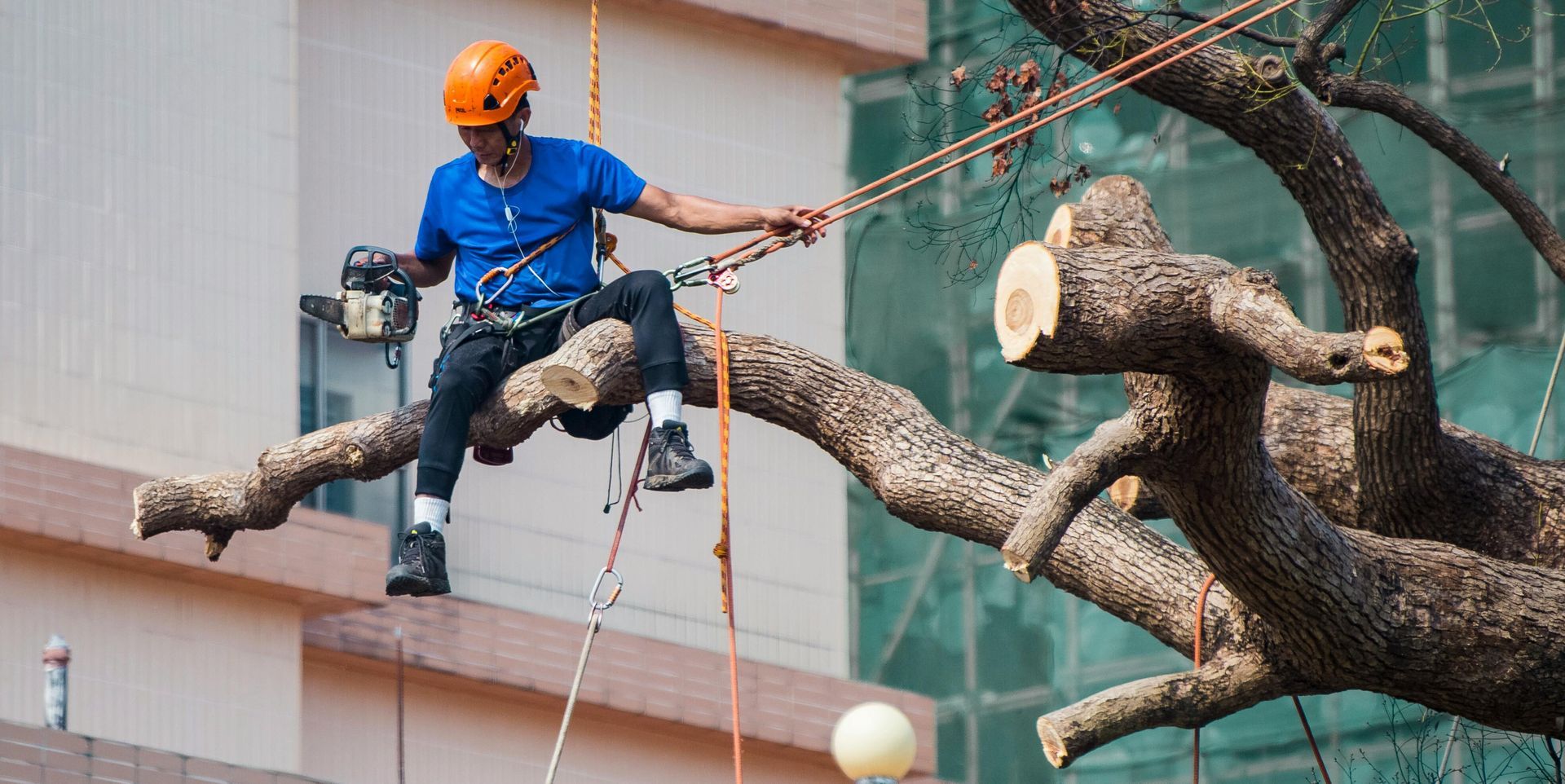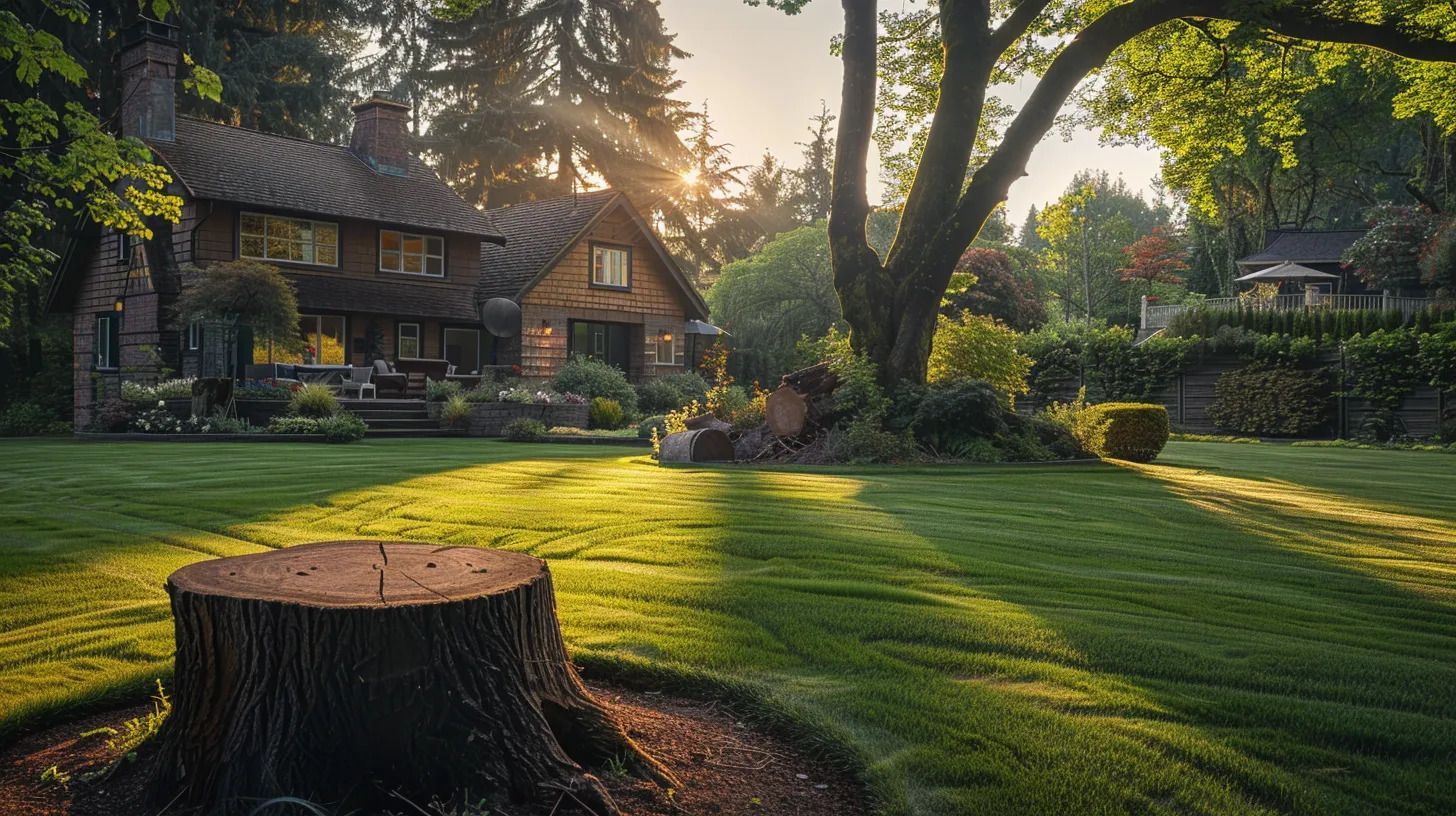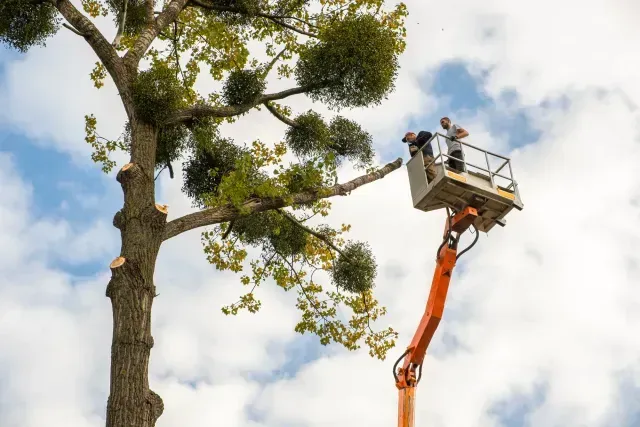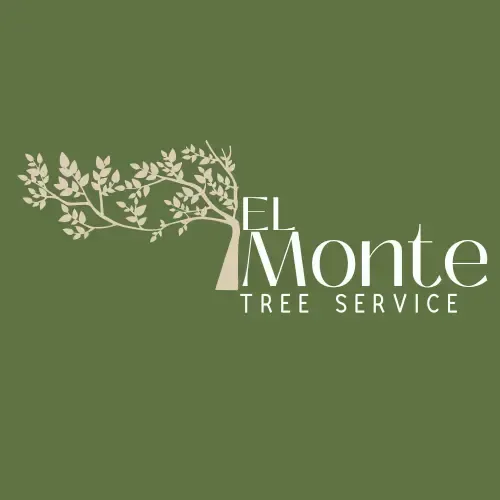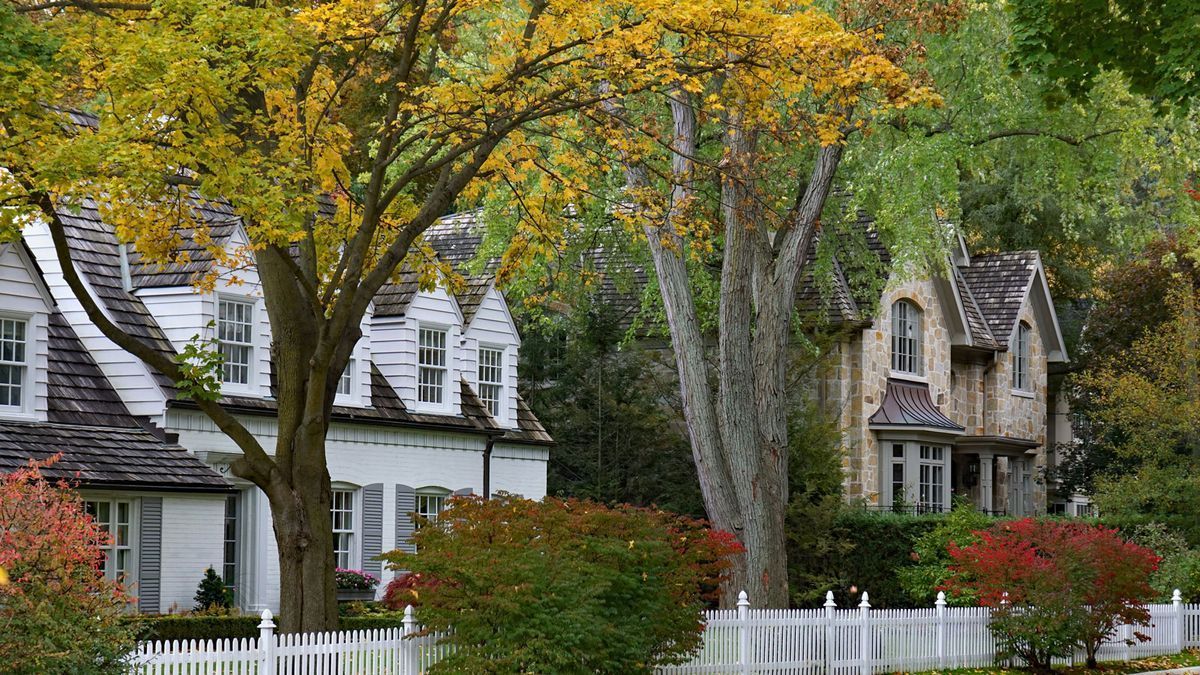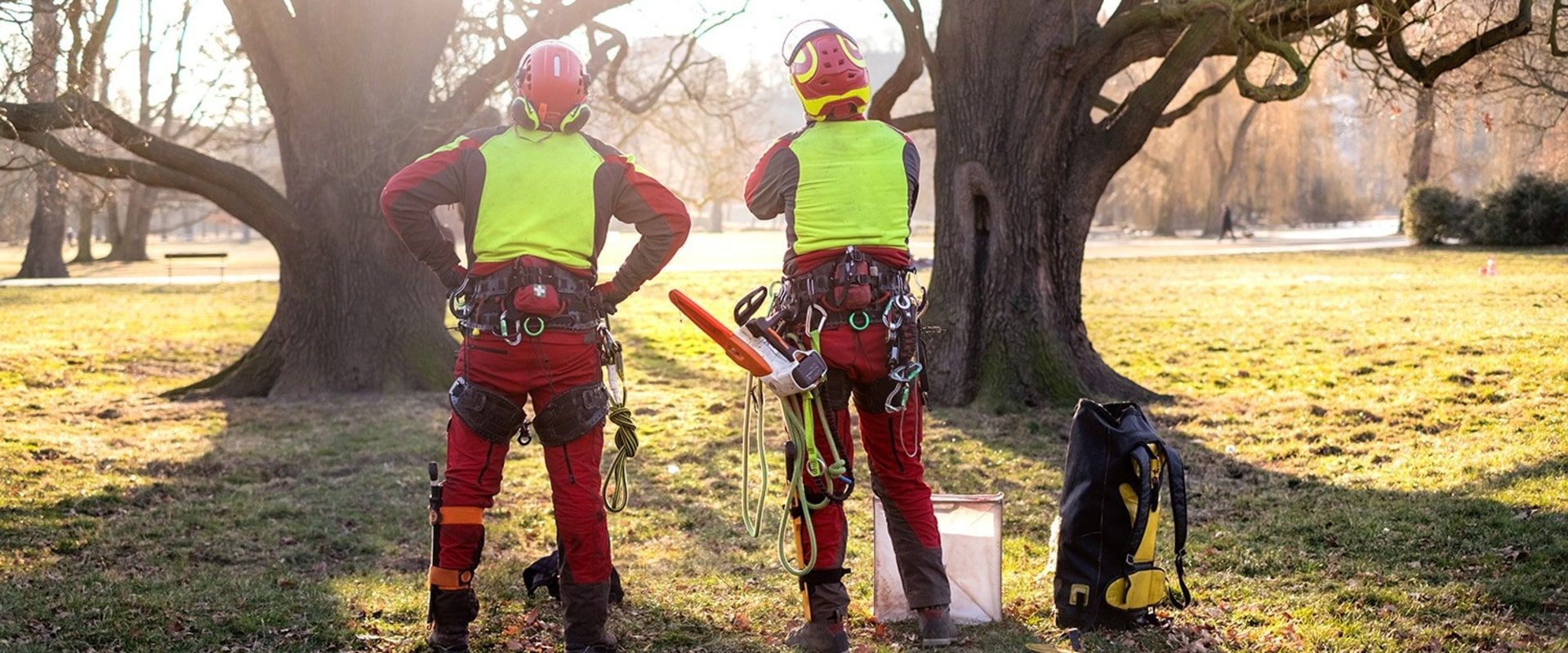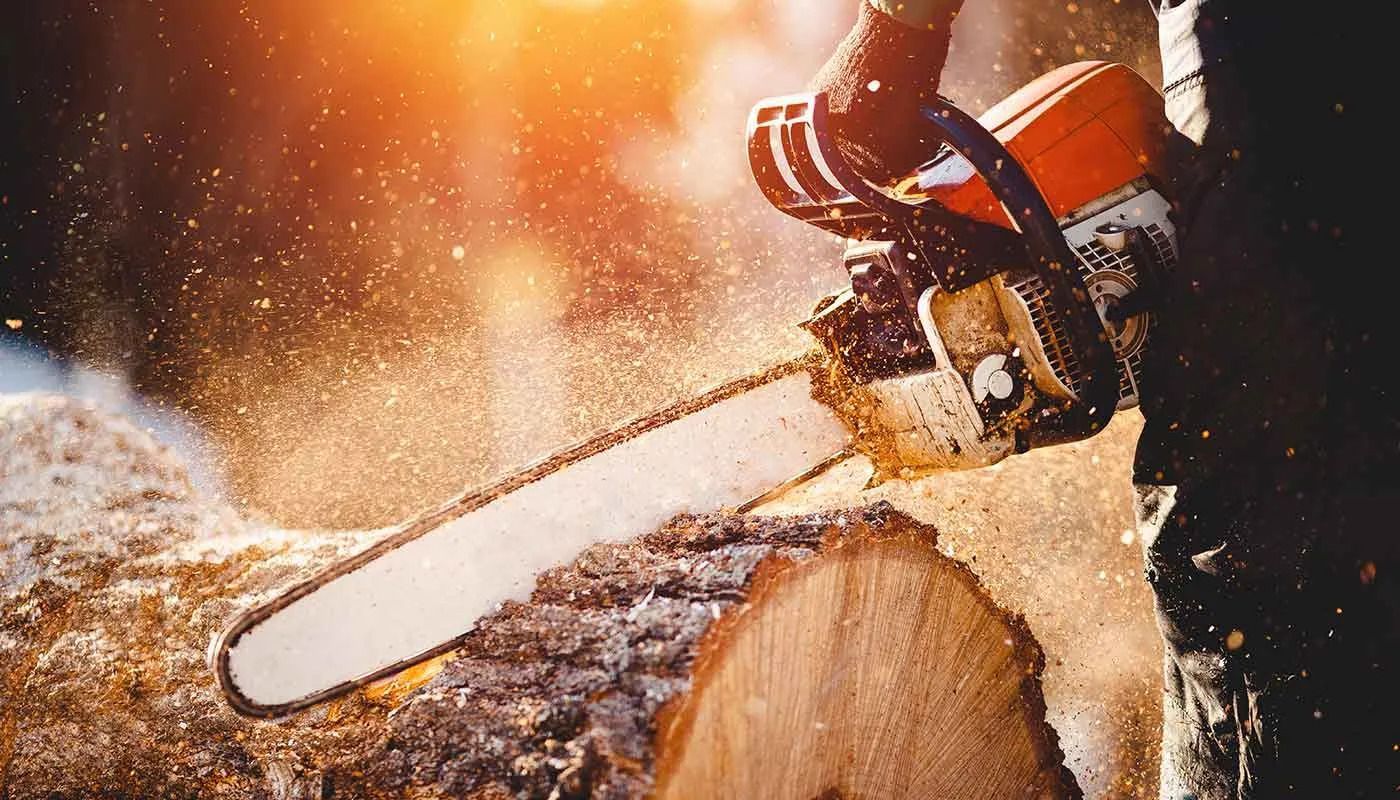Avoid These DIY Tree Care Risks: What the Pros Want You to Know
DIY tree care can seem easy, but it often backfires. From using improper tools to tackling trees near power lines, many risks go unnoticed by homeowners. While hiring a Tree Service may appear costly upfront, it’s usually the safer and smarter long-term option. Here's what you really need to know.
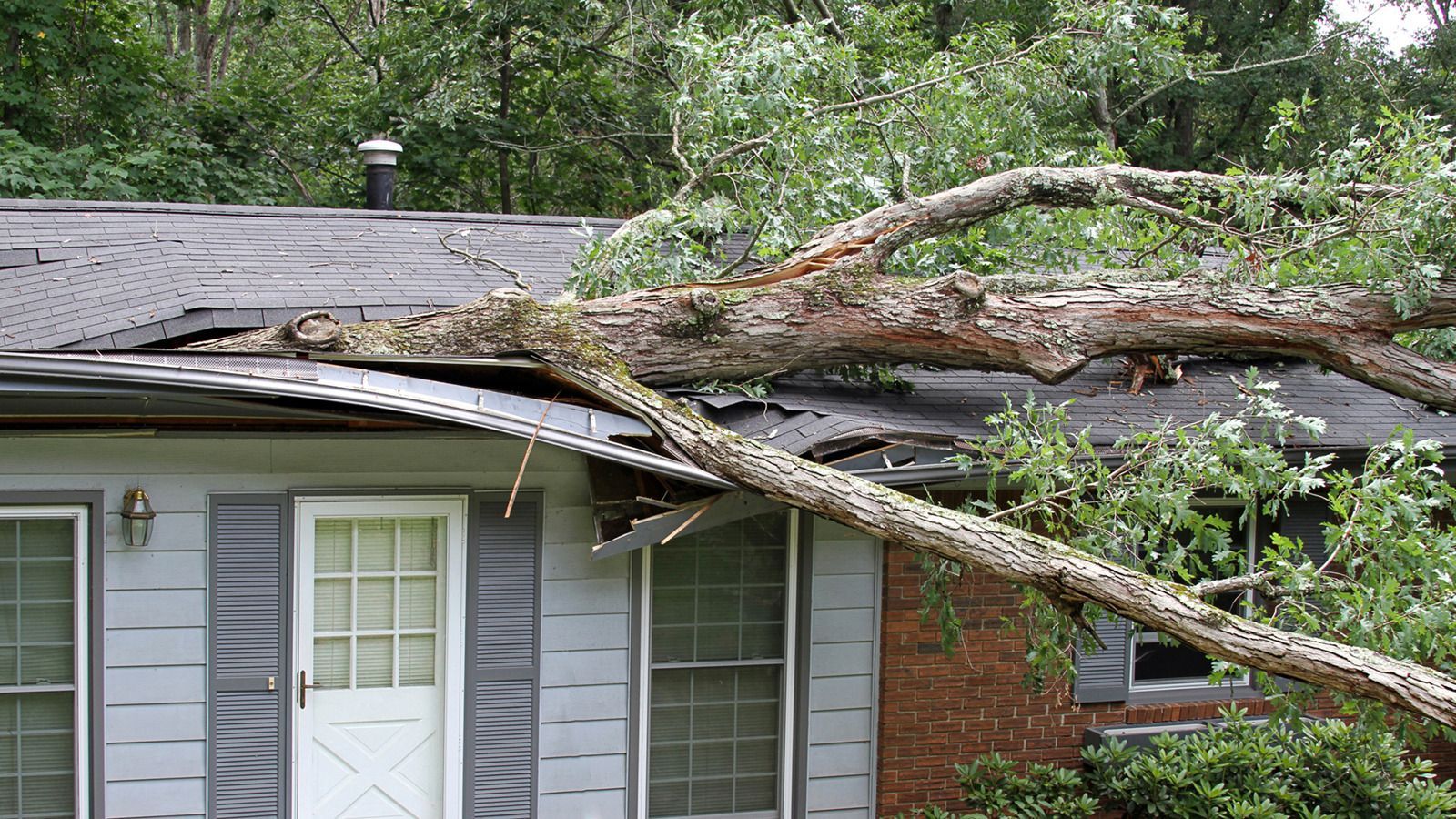
Powerful Reasons to Avoid DIY Tree Care Mistakes
Taking on tree maintenance might sound like a money-saver, but it often leads to expensive consequences. Whether you’re trimming branches, cutting limbs, or removing entire trees, what seems like a quick yard task could spiral into injury, fines, or even tree death. Avoid These DIY Tree Care Risks before you grab that ladder—because what the pros know can protect your trees, home, and health.
Why Tree Care Isn’t Just About Cutting Branches
Trees are living organisms, not just outdoor decor. Each cut affects their health, structure, and growth. Trimming too much or cutting in the wrong place can cause decay, infections, or stunt growth. Professional arborists understand tree biology and how to maintain balance between health and aesthetics.
Using the Wrong Equipment Can Do More Harm Than Good
Chainsaws, pole pruners, climbing gear—tree care requires proper tools and safety equipment. Most DIYers don't own or know how to use them. Using dull blades or incorrect saws can shred bark, harm the tree, and increase injury risk. Tree professionals have high-quality gear and the training to use it safely and effectively.
Climbing Trees Without Training is Extremely Dangerous
Falls are one of the top causes of injury in DIY tree work. Climbing ladders or trees with power tools, especially without safety harnesses, is a recipe for disaster. One wrong move could mean a trip to the emergency room—or worse. Arborists are trained in climbing techniques and always work with harnesses and backup systems.
Pruning Near Power Lines? Think Again
One of the most life-threatening DIY mistakes is cutting branches near power lines. Electricity can arc even without direct contact. If you’re not trained to work around live wires, you’re putting your life at risk. Only certified professionals should handle trees near utilities.
How You Might Be Killing Your Tree From Underground
Roots are the lifeline of any tree. Digging, building, or compacting soil around them can disrupt the delicate root system. Cutting roots during landscaping or trenching for irrigation can weaken or kill the tree. Professionals map out root zones and avoid damaging them while working.
Why Tree Topping is a Death Sentence for Your Tree
Topping is the indiscriminate removal of large branches to reduce tree height. It's a common DIY mistake—and it's terrible for the tree. It leaves wounds that invite pests and disease and leads to weak regrowth. Pros never top trees; they use crown reduction or structural pruning methods instead.
Spotting Tree Diseases Requires an Expert Eye
Mildew, blight, borers, cankers—tree diseases are tricky to diagnose. Treating them without proper knowledge can worsen the issue. Pros are trained to identify diseases early and offer treatment before they spread to other plants or trees.
Pruning at the Wrong Season Can Stress or Kill Trees
Different trees have different pruning times. Pruning in the wrong season can expose them to diseases or stress them during vulnerable growth periods. For example, pruning oak trees during warm months can lead to oak wilt. An experienced tree service knows the ideal time for each species.
Too Much Cutting Can Lead to Tree Decline
Over-pruning weakens trees by removing too much of their energy source—the leaves. It can also expose the interior to sun damage, pests, or diseases. Professionals prune just enough to improve structure while preserving health.
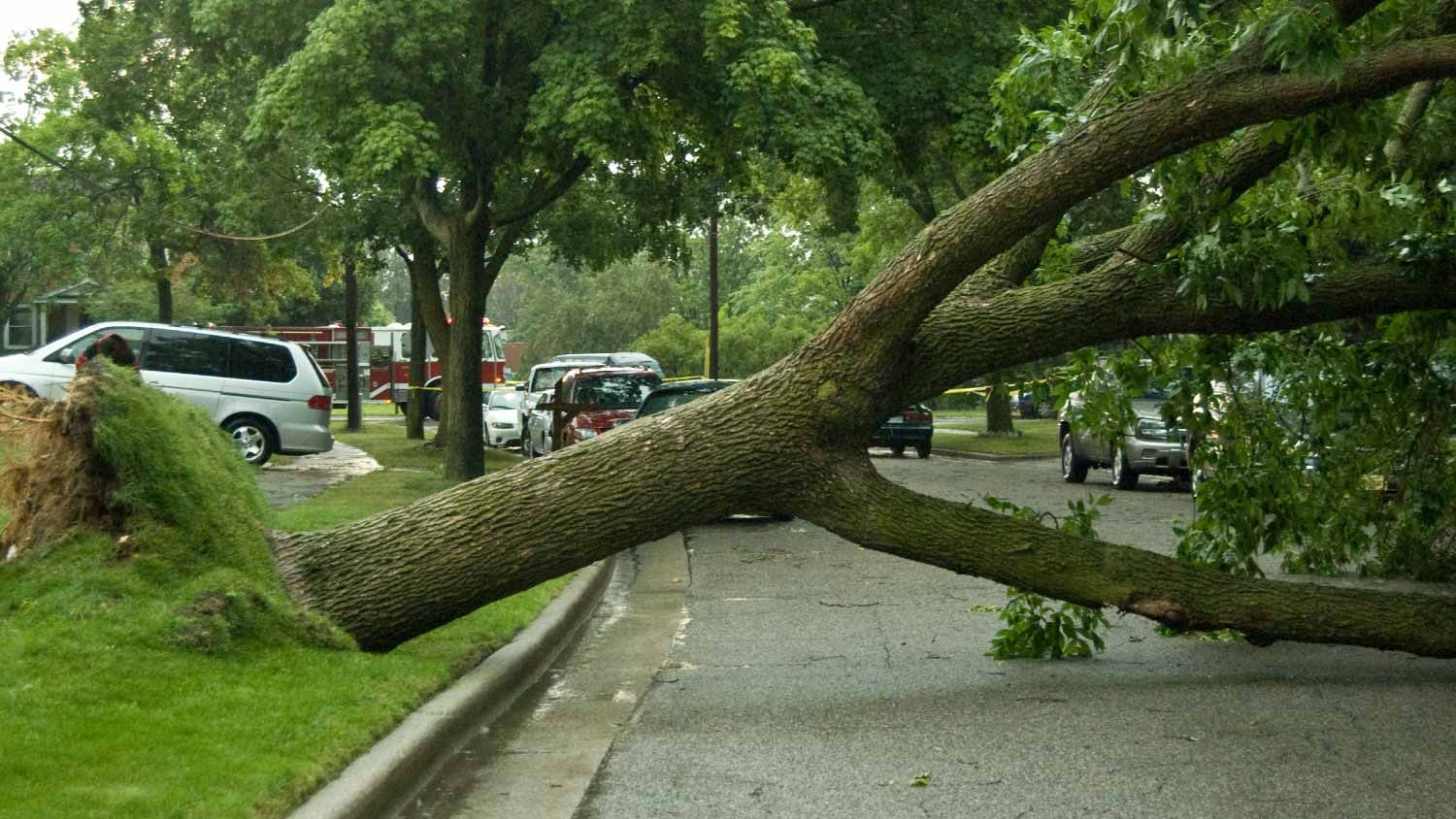
You Might Miss Weak Limbs That Could Fall Anytime
Some limbs look healthy but are actually decaying inside. DIYers often can’t tell which branches pose a risk. Professionals use tools and experience to spot weak points and prevent dangerous falls.
One Wrong Cut Could Damage Your Home or Neighbor's Property
Branches don’t always fall where you want. A falling limb could smash your roof, car, or your neighbor’s fence. DIY tree removals cause thousands in property damage each year. Professionals use rigging and ropes to control every cut and avoid damage.
The Real Cost of DIY Tree Care Could Be Your Health
It’s not just about broken tools or bad cuts—it’s about broken bones, deep wounds, or even electrocution. Tree care is among the most dangerous jobs in the U.S. Without training and safety gear, your weekend yard work could turn into a life-altering accident.
Are You Breaking Tree Ordinances Without Knowing It?
Many cities require permits for tree removal or trimming, especially for protected species. Removing a tree without permission can lead to fines or legal action. A professional team ensures compliance with local regulations and avoids costly mistakes.
What Sets Tree Experts Apart From DIY Enthusiasts
Certified arborists undergo years of training. They understand tree biology, disease management, soil science, and safety protocols. Unlike DIYers, they follow industry standards and have liability insurance. You’re not just paying for the labor—you’re investing in peace of mind.
Why DIY Isn’t Always Cheaper in the Long Run
It’s easy to assume DIY saves money, but when you factor in equipment rental, injuries, property damage, or dead trees, the costs add up fast. Hiring pros prevents these risks and often costs less over time. Not to mention, a properly cared-for tree adds value to your home.
Signs It’s Time to Call in the Experts
If your tree leans, has large dead limbs, shows signs of disease, or grows near structures or power lines—it’s time to call in professionals. Even if your tree seems healthy, a routine inspection from a trusted team can catch problems early.
Long-Term Gains From Hiring the Right Tree Service
From extending tree lifespan to improving property aesthetics, the benefits of professional care go far. Trees are a long-term investment—and when cared for properly, they’ll provide shade, beauty, and value for decades.
FAQs
Is it safe to prune my own trees?
Minor pruning might be safe, but anything involving ladders, heavy limbs, or nearby structures should be left to professionals.
What’s the biggest risk of DIY tree removal?
Falling branches and injury are top concerns. Misjudging weight or direction can cause major damage or harm.
How do I know if a tree is sick?
Look for leaf discoloration, fungus growth, bark cracks, or dead limbs. But a professional evaluation is the safest bet.
What should I do if a tree is near a power line?
Never touch it yourself. Contact your utility company or hire a certified arborist.
Can tree care be done any time of year?
Not always. Some species should only be trimmed during dormant seasons to avoid stress and disease.
How do I hire a reliable tree care company?
Look for ISA certification, insurance, positive reviews, and experience. Start with a local, well-reviewed
tree service.
Leave Tree Work to the Pros—It’s Safer, Smarter, and Worth It
DIY tree care might sound like a weekend project, but it comes with real risks—some costly, others life-threatening. From misdiagnosing tree health to causing property damage, the hidden pitfalls are everywhere. Hiring certified arborists ensures safety, preserves your landscape, and saves money in the long run. Whether it's routine trimming or emergency removal, trust the pros for your Tree Service needs. It's not just about trees—it's about protecting everything around them, including you.
Links
